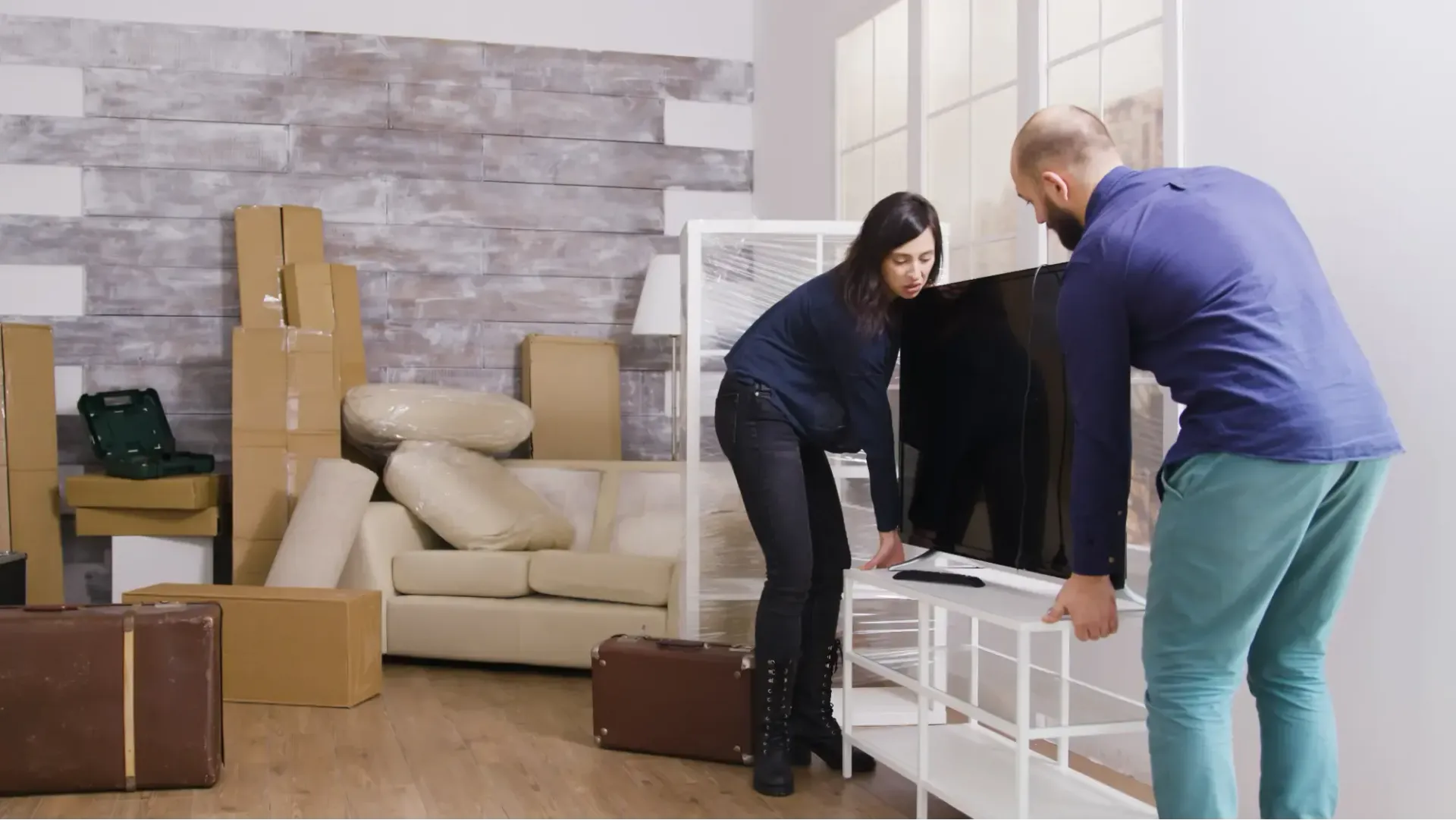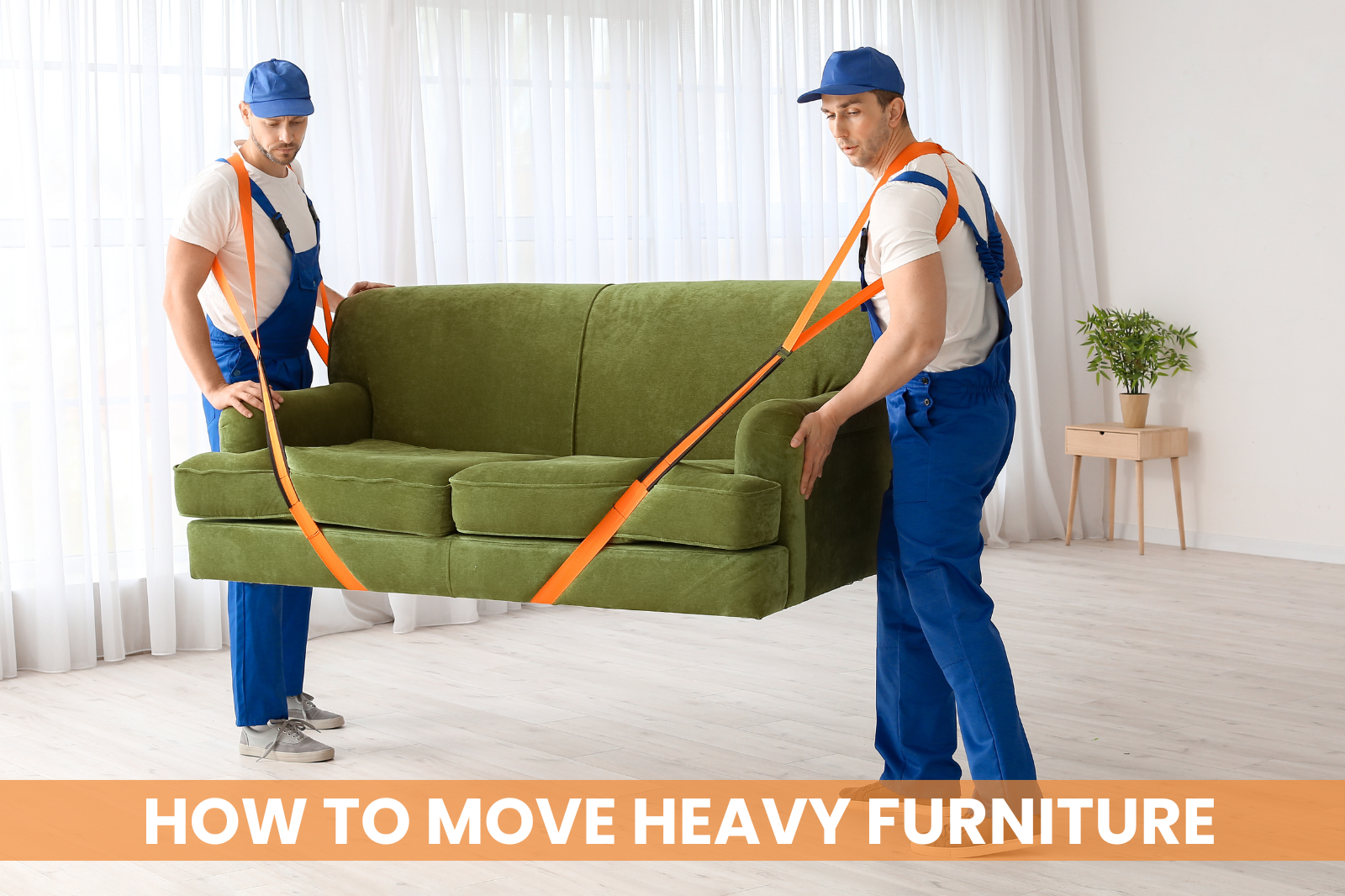Message from the Claims Desk 2.28.17
Good Morning Stewart Family,
Happy Mardi Gras, otherwise known as Fat Tuesday, Shrove Tuesday, or Carnival, if you believe in the Catholic tradition. On this day, many cities around the world will be enjoying their last night of eating richer, fatty food before the ritual fasting of the Lenten season which begins tomorrow on Ash Wednesday. So as many people put on their masks, indulge in libations, and engage in the debauchery associated with the holiday, it is essential that our customer’s associated breakables are protected.
This week I would like to address packing and overall care of our customer’s glassware. Kitchen glassware is among the most claimed packed item, and one individual breakable item may not cost much, but one improperly packed carton with several damaged items can end up costing thousands. Packing crews typically get the short end of the stick since most customer’s do not properly indicate or remember if there was damage to the outside of the box. Therefore, it is essential that our crews pack these cartons to the best of their ability and hopefully prevent these damages to the greatest possible extent.
When packing glassware, be sure to start off with a solid base of paper in the bottom of the box. With the added weight of the load on top of the carton and the vibration of transit, we need to ensure that the items on the bottom are properly cushioned. Next ensure that each item is wrapped individually in multiple sheets of paper. I have seen claims were the packers just wrapped up multiple glasses that were stacked inside each other. If this rings a bell then STOP IT! The best way to determine how to place a breakable item in a box is to imagine placing your hand directly on top of the item and pushing straight down. For example, once direct downward pressure is applied would a pint glass be stronger on its side or standing straight up and down? Obviously, the answer is standing straight up and down. Be sure to ask yourselves this question when assessing which direction to place each individual item.
Another point to realize is the overall weight of the carton. If you have strong heavy glassware, it should be placed together in a dish carton because it will more than likely be used at the bottom of a tier. For lighter more fragile glassware, pack these items together so that the overall weight of the box is very light and should be considered “top load”. Also please notate “fragile” or “top load” on the box along with corresponding arrows.
Finally, when you complete the packing of this carton the top must be filled with paper so that the closed carton will have a stout top or even a little bulge. Carton’s that center can be pushed in are a problem. Think about it this way, if the carton has a solid top that means that the weight of items placed directly on top of it can be spread out evenly and will prevent crushing. However, it the top has a deficit then only the sides of the carton are baring the load and are much more susceptible to crushing. As I’m sure you know, the crushing of the carton can not only have devastating circumstances for the contents, but can make for a very unstable thereby unsafe tier in the load.
So put paper at the bottom of these boxes, make sure breakables are packed in the proper direction, and finish those boxes. After we wouldn’t want anyone to be without their favorite beer mug today.
Cheers,
Robert Wright
The post Message from the Claims Desk 2.28.17 appeared first on Stewart Moving & Storage.




